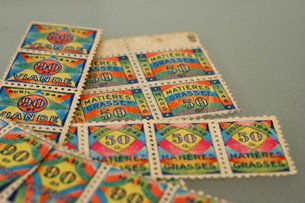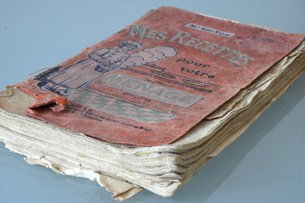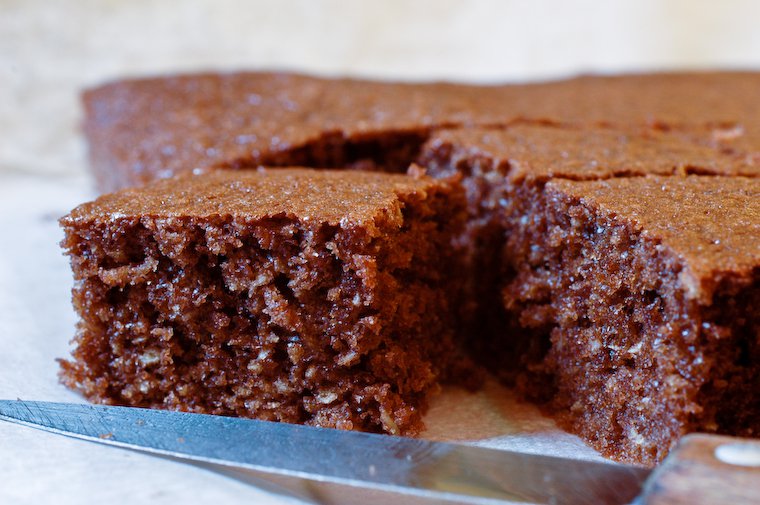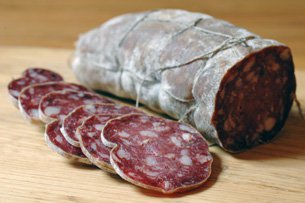
This is the third episode of my Book Update series, in which I share the ins and outs of writing a cookbook — or at least the way I’m tackling it. (You can read the first two parts about The Book Deal and The Recipes.)
Back in late July, when the sun was shining bright and the air was crisp with elation and hope and the workmen had not yet adorned the facade of my building with an ugly brace of light-depriving scaffolding, the list of recipes was ready. That was all good and dandy, but of course the real work was just about to begin.
My mission, should I choose to accept it — and considering I had signed a contract in blue ballpoint pen there seemed to be little doubt about that — was to bring these recipes to life by testing, tasting, and writing them up if I deemed them worthy of my readers’ taste buds.
Since my previous dayjob had taught me that any project looks easier on a spreadsheet, I drew one up with two tabs: the first one was labelled “To test”, listing my seventy-five recipes, and the other one “Tested”, which looked dauntingly empty at first.
In the to-test list, I flagged the recipes that I could cook for my weekday lunches, the ones that were more suitable for company, the ones that were easy (because they were already tried and true and I just needed to give them a final whirl to check quantities and cooking times), and the ones that required a little reflection and research (because I knew what I wanted to achieve, but didn’t quite know how yet). I also highlighted those recipes that had a high seasonal factor, with ingredients that made a fleeting appearance on market stalls — such as strawberries, nectarines, or young zucchini — to make sure I tested them in their right time.
I started to work my way through the list, choosing whichever recipe fitted the day’s mood, taking every opportunity to share the fruits of my labor and get outside opinions, striving to test three or four recipes a week, getting dangerously backlogged when other writing projects competed for my time, and then doubling my efforts to make up for it. We’ve been eating quite well I must say, and I thank my lucky stars that we have a dishwasher (the appliance, not the employee).







